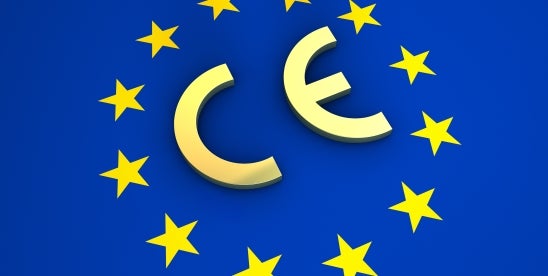As a trademark owner, it is important that you not only use your registered trademark seriously and thus legally, but also that you continually pay attention to obtaining and securing evidence of legally valid use. Evidence of use can be important at various stages of a trademark’s life cycle. With regard to third-party revocation actions, the European Court recently reiterated that EU trademark law is based on the simple principle of “use it or lose it” and that a trademark that is no longer in the five-year grace period, regardless of its reputation, can be vulnerable to revocation for non-use if its owner does not provide sufficient evidence of use. Although well-known trademarks are also protected as unregistered trademarks, maintaining trademark registration is crucial for efficient enforcement by national courts and authorities such as customs and police. This blog aims to serve as a clear reminder to trademark owners why evidence of use can be crucial to protecting your trademark.
EU trademark law works according to the simple principle “use it or lose it”
The same goes for muscles and brains. The simple principle “use it or lose it” also applies to brands.
If a mark that is no longer within the five-year grace period is not used for the goods and/or services claimed for five years, it is vulnerable to revocation for non-use. This applies generally, i.e. well-known marks are not exempt. Owners of well-known marks must therefore not simply rely on their mark being known and respected by the public. Rather, it is crucial for all trademark owners to retain evidence of use of their mark in order to defend registration, regardless of how well-known the particular mark is.
In addition to the risk of revocation, proof of use can also play a decisive role in proceedings against third parties based on your own trademark. If the trademark is no longer subject to the grace period, which is five years in the EU (in some jurisdictions such as China even three years!), third parties can raise the defence of non-use. Proof of use can also be decisive in proving that your trademark has increased in distinctiveness or reputation through intensive use.
Proof requirements
When you need to prove the use of your trademark, the quality of the evidence of use is crucial. As the European courts have stressed in several decisions, the genuine use of a trademark cannot be proven by probabilities or presumptions, but must be demonstrated by solid and objective evidence of the actual and sufficient use of the trademark on the relevant market.
It is therefore incumbent upon trademark owners to provide solid, objective and qualitative evidence clearly demonstrating the place, time, extent and nature of the use of the trademark. In particular, the evidence must relate to the commercial volume of overall use, the duration of use of the trademark and the frequency of use.
In addition, it would be negligent to rely on individual pieces of evidence in isolation. For example, affidavits from internal representatives or employees are merely indicative and must be supported by other pieces of evidence. Ultimately, the probative value depends on the interaction of the various pieces of evidence, which, taken together, present a unified picture proving use of the mark. For example, advertising and promotional materials should be submitted together with evidence of the distribution of these materials. It should also be noted that evidence of sales and turnover is essential to prove use of the mark. Other means of proving use of a mark may include invoices and business documents, screenshots of websites offering the products bearing the mark, including Google Analytics reports showing the number of visitors to these websites during a certain period, opinion polls and market studies, and financial reports.
Considerations for your trademark filing strategy
In many cases, there is a risk that an overly broad specification of goods and services will trigger objections and withdrawal requests from third parties. Third parties can exploit this vulnerability as a means of exerting pressure in court proceedings and negotiations, for example by counterattacking enforcement measures.
On the other hand, in certain circumstances it may be advantageous to apply for broader terms, in particular when those broad terms do not represent sufficiently broad categories of goods or services, so that it would be necessary to identify subcategories within those categories. For example, the use of a mark for “Decorative lettering, performance enhancement packages, covers for storage compartments, wheel sets and complete wheel sets for summer and winter as well as door sills“ can be used for the broader category of “Motor vehicles and land vehicle parts“, which covers a considerable product range with very different consistencies.
If you want to register a trademark that covers both goods and services, you must remember that evidence that only the trademark has been used for the products claimed does not automatically mean that the trademark has been used for the services claimed. Rather, you must prove that the trademark is used specifically for the services covered by your trademark.

